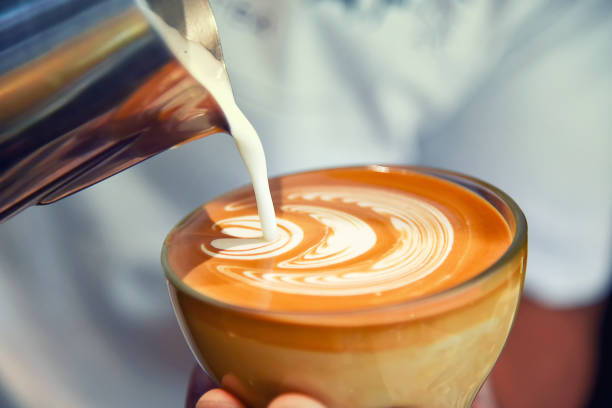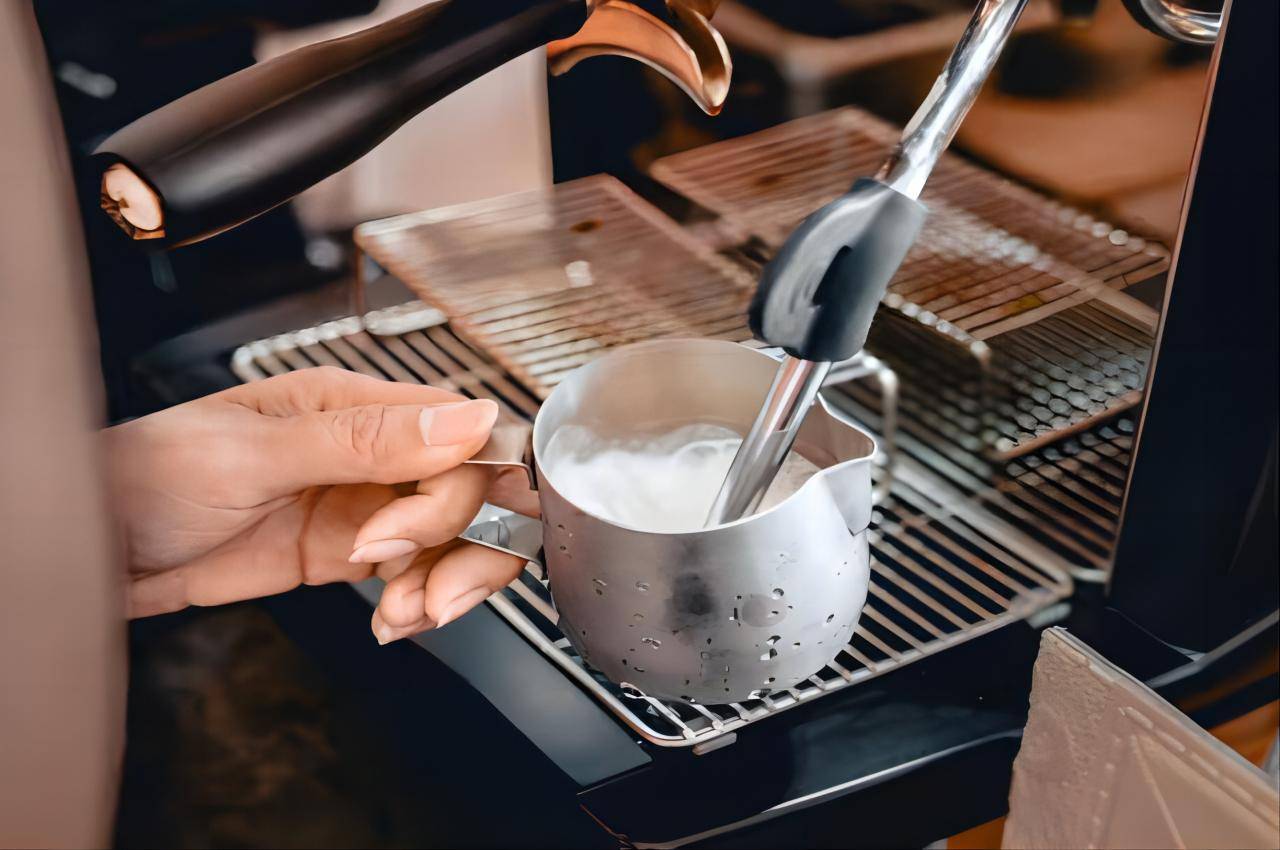The Perfect Cup for Every Coffee:
Which Mug Matches Your Brew?
When it comes to brewing the perfect cup of coffee, much attention is often given to the beans, grind size, and brewing method.
Yet, one important aspect is often overlooked: the cup you choose to serve your coffee in. The type of cup you use can greatly enhance or detract from the overall experience. From material and color to shape and size, each element plays a role in how you perceive the taste, temperature, and aroma of your coffee.
Subscribe
To join our mailing list and never miss event update!
Size Matters: Tailoring Cup Volume to Coffee Type
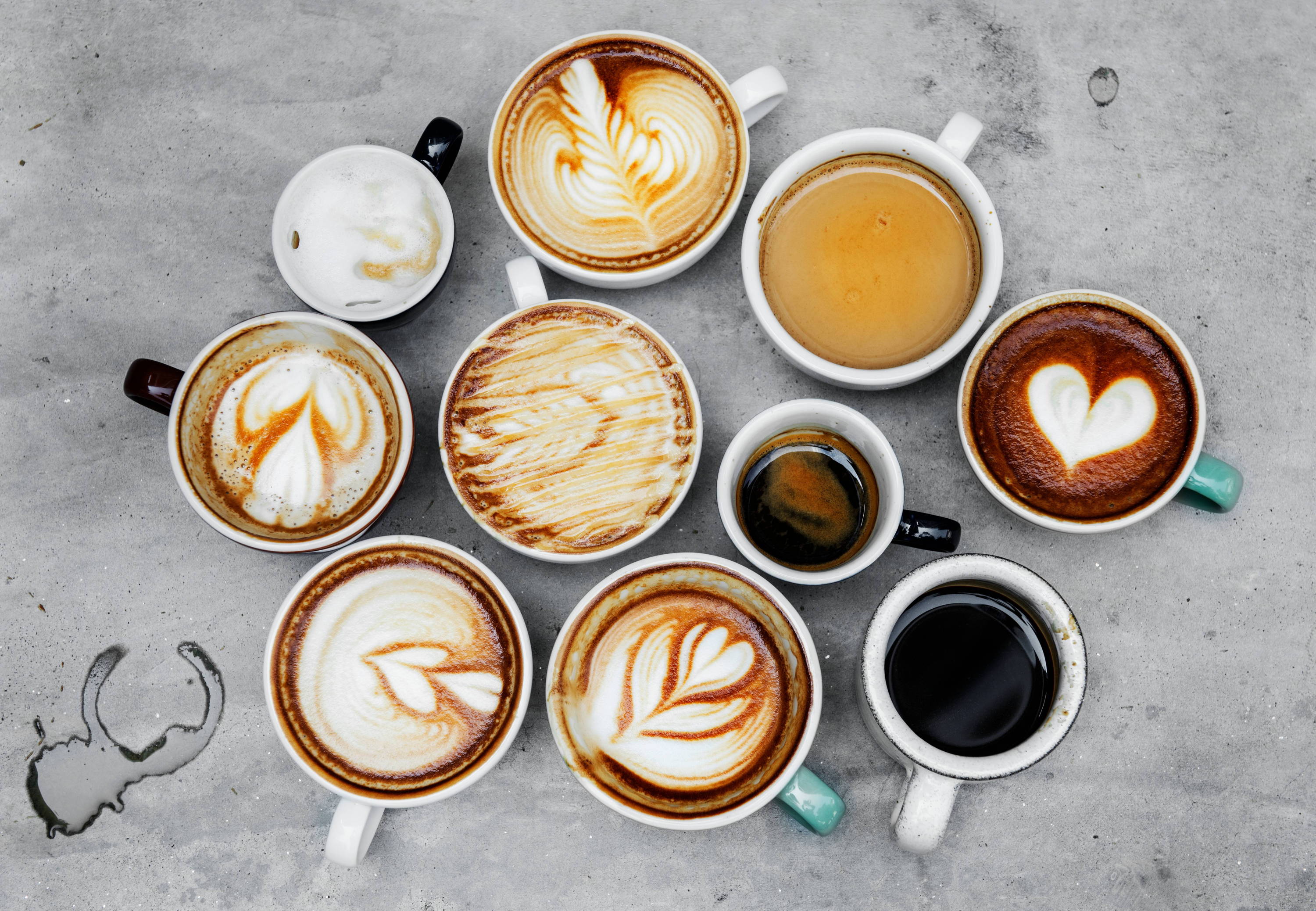
Material Influence: How Cup Composition Impacts Flavor
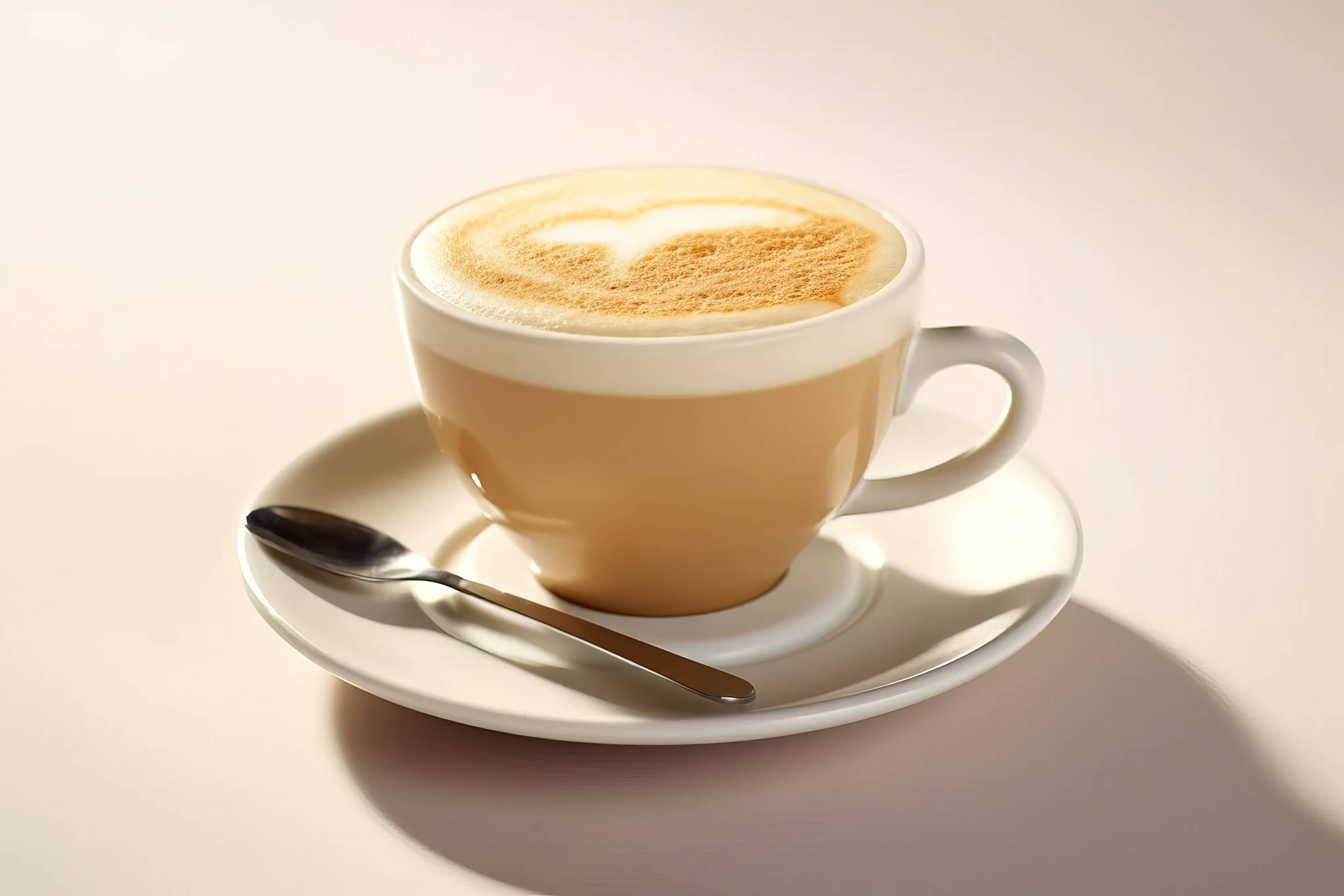
Shape and Design: How Cup Structure Affects Taste and Aroma
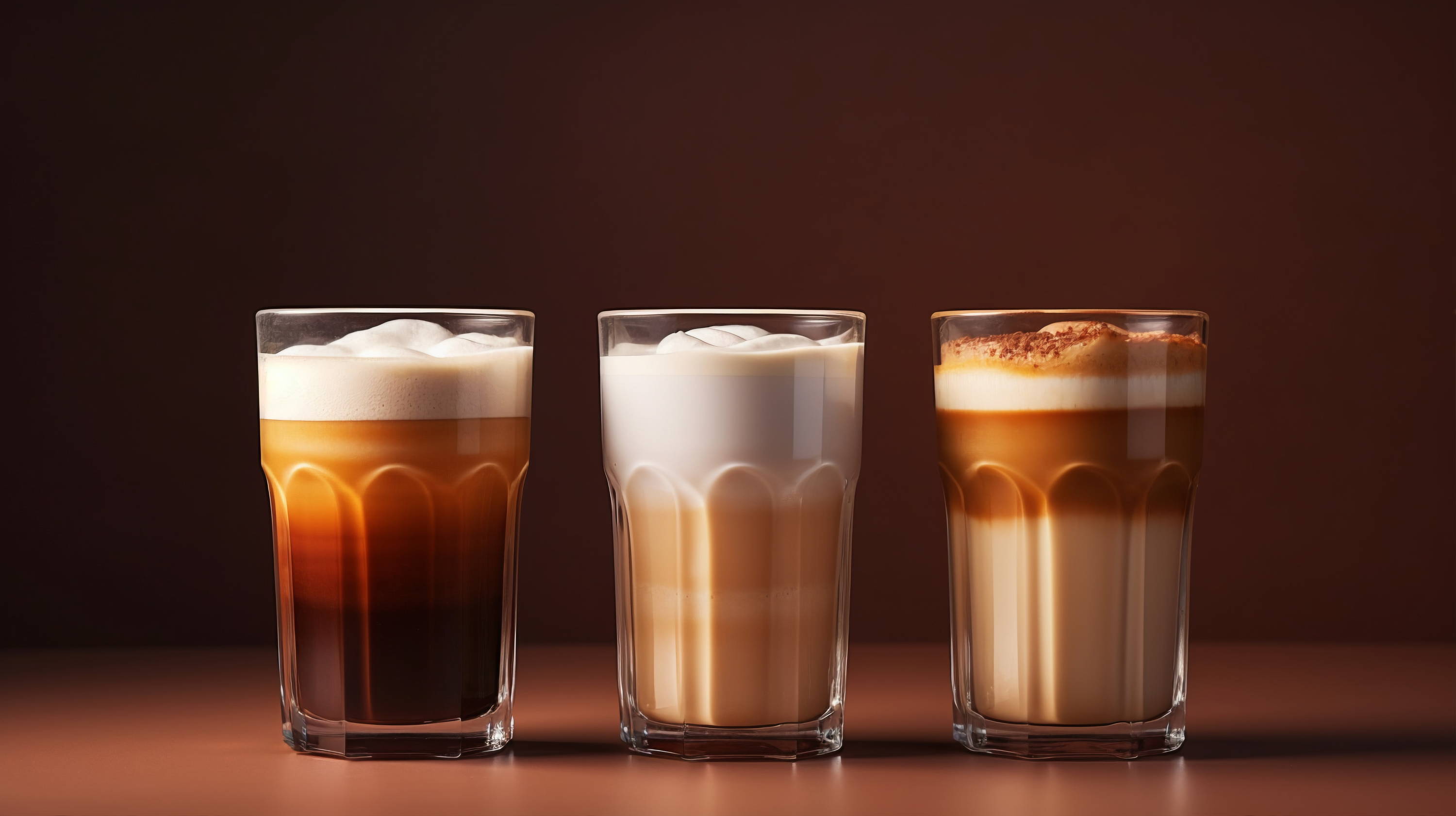
The Importance of Temperature
Final Words
Ultimately, the perfect cup for your coffee depends on several factors—volume, material, shape, and even wall thickness.
Whether you’re savoring a rich espresso, indulging in a creamy cappuccino, or enjoying a smooth latte, the right cup can elevate your coffee-drinking experience from ordinary to extraordinary.
So next time you brew a cup, think about the cup you’re using. It might just change the way you taste your coffee.
Subscribe
To join our mailing list and never miss a baby update!
